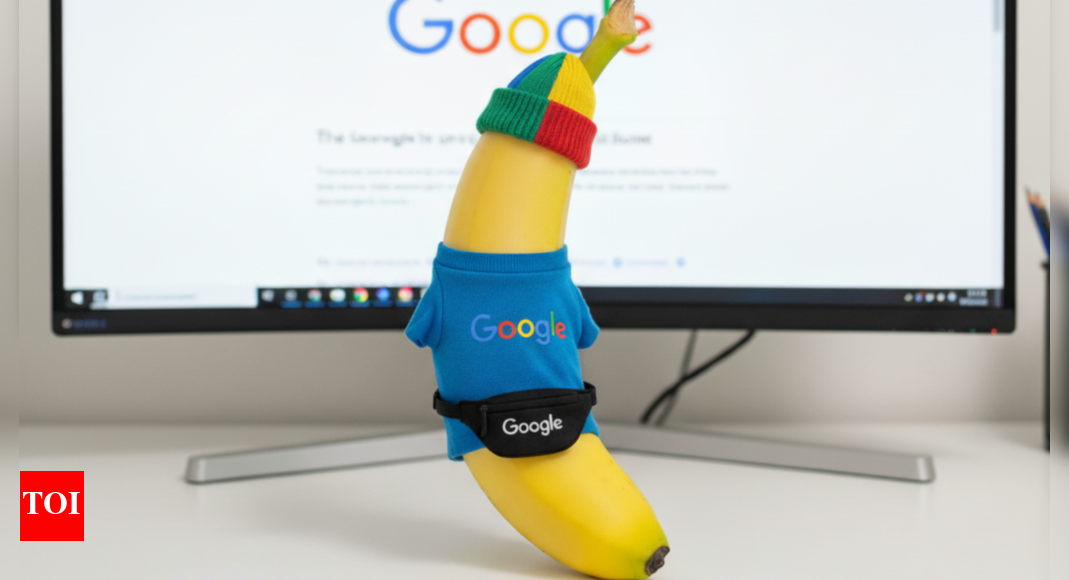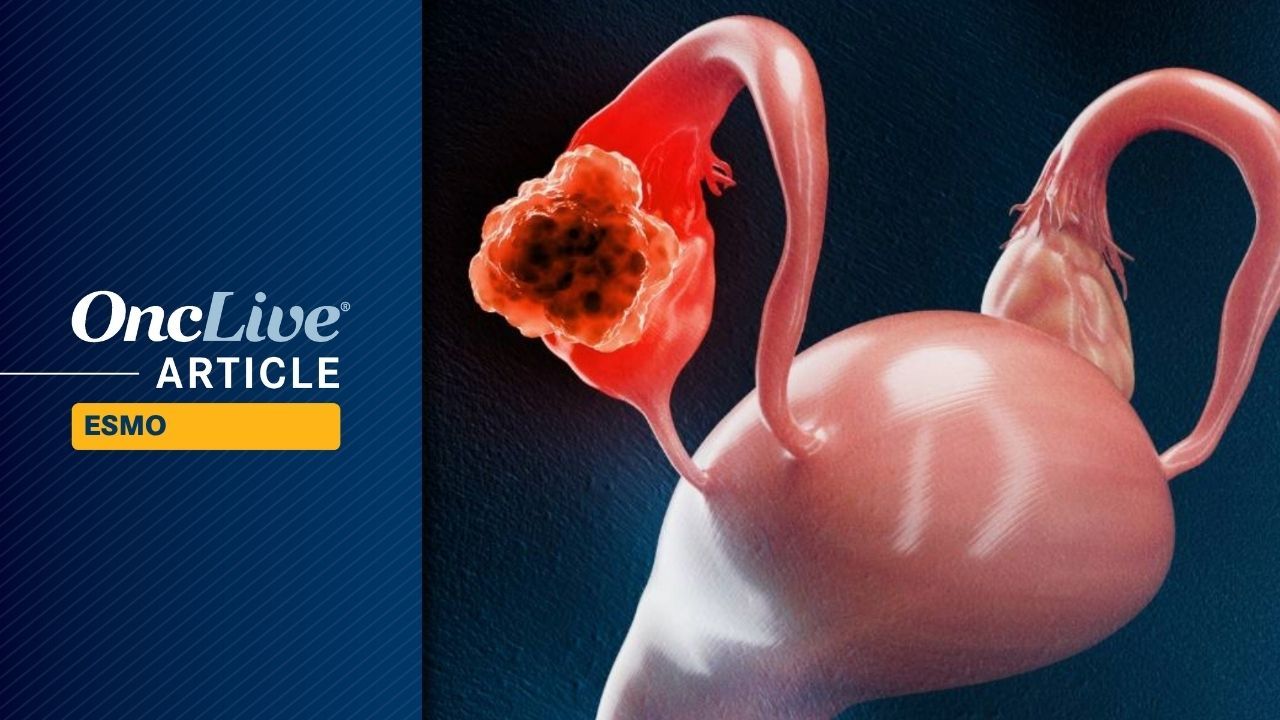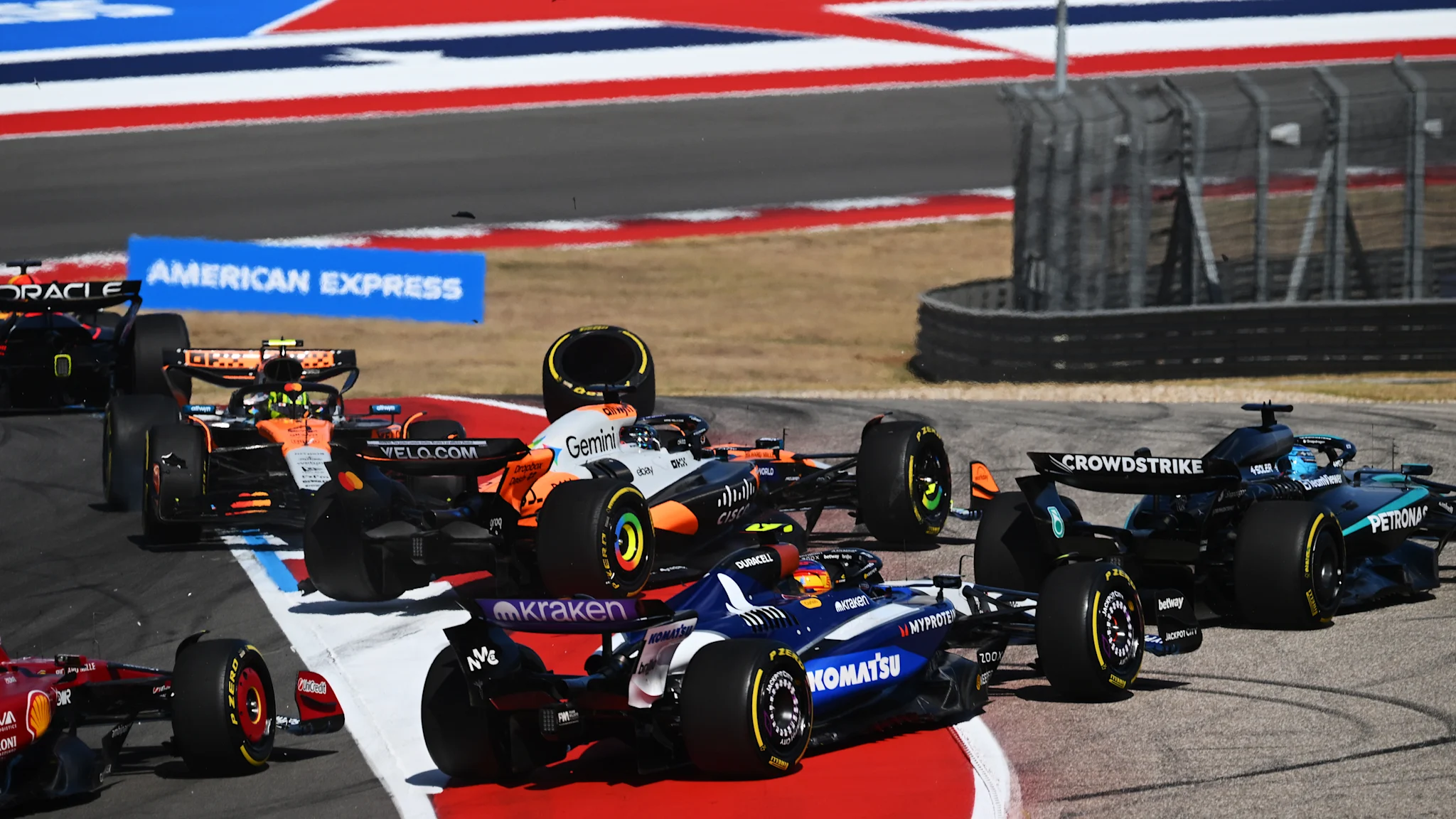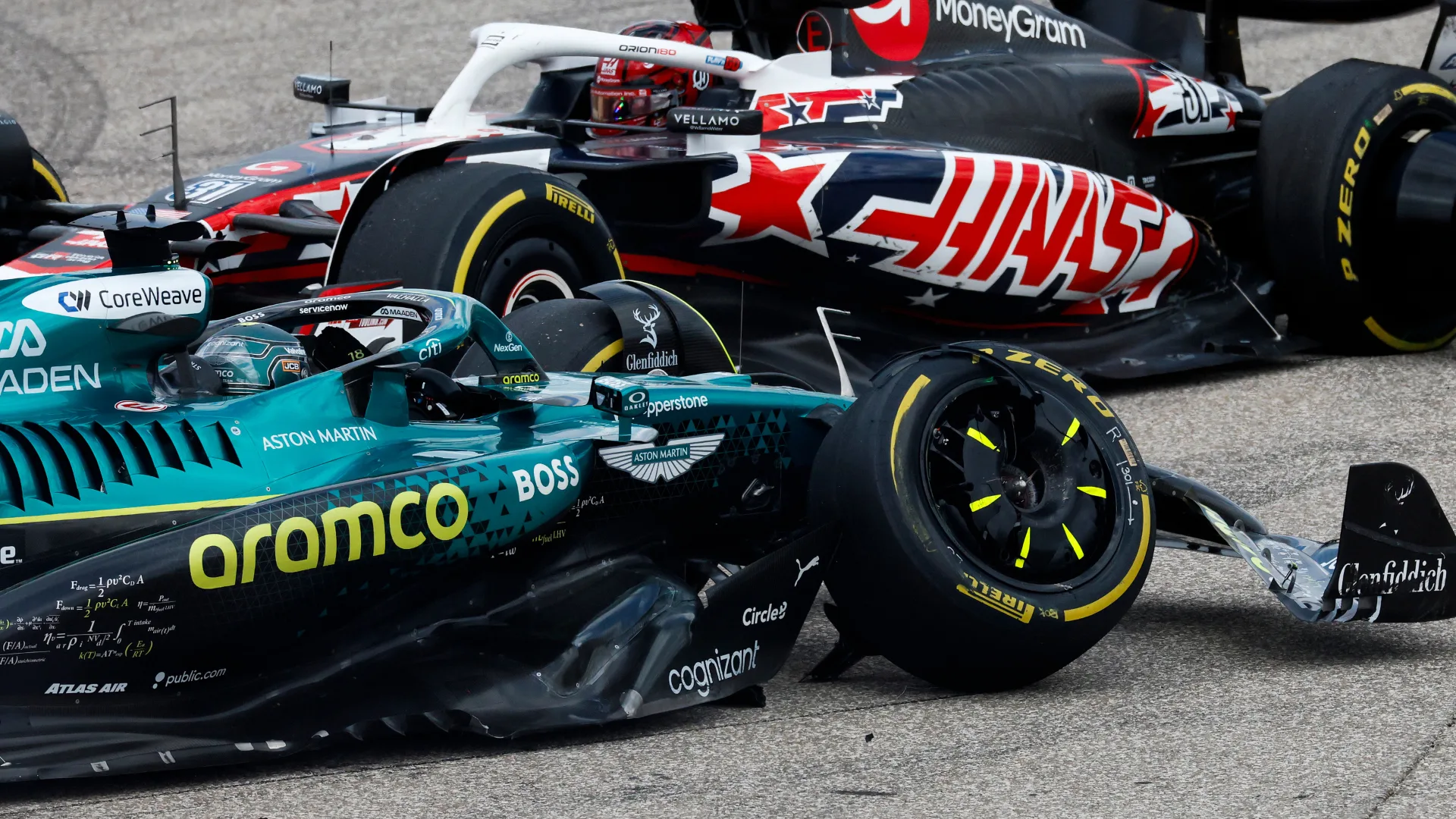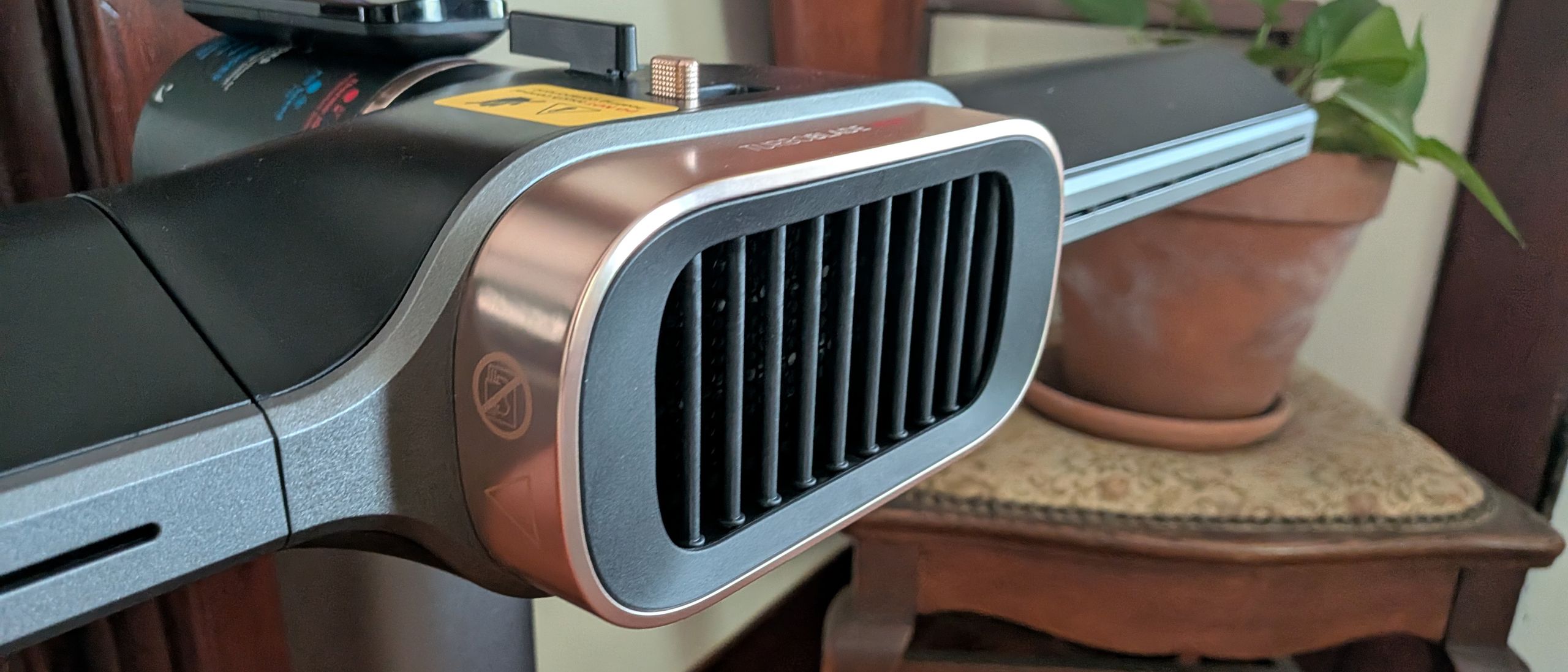Invikafusp alfa led to tumor regression in target lesions in 52% of patients with tumor mutational burden–high (TMB-H) or microsatellite instability–high (MSI-H) solid tumors resistant to immune checkpoint blockade, according to data from the phase 2 START-001 trial (NCT05592626) presented at the
Across the 4 biomarker-enriched populations with TMB-H tumors, TMB-H gastrointestinal cancers, TMB-H metastatic colorectal cancer (mCRC), and MSI-H tumors, the objective response rates (ORRs) were 20.5% (n = 9 of 44), 27.8% (n = 5 of 18), 33.3% (n = 3 of 9), and 30% (n = 3 of 10), respectively. The respective disease control rates were 79.5% (n = 35 of 44), 77.8% (n = 14 of 18), 66.7% (n = 6 of 9), and 70% (n = 7 of 10). Notably, the TMB-H cohort included patients with CRC, gastric, lung, breast, and other cancers.
“Invikafusp alfa, a first-in-class bispecific dual T-cell agonist, demonstrated clinically meaningful monotherapy activity in heavily pretreated immune checkpoint blockade–resistant/insensitive tumors harboring high tumor mutations,” presenting study author Antoine Italiano, MD, PhD, professor of medicine, head of Early Phase Trials Unit at the Institut Bergonié, and head of Precision Medicine at Gustave Roussy in France, stated in the presentation.
What Was the Study Rationale?
Immunotherapy resistance poses a clinical challenge as it limits the number of effective treatment options that are available to patients. Tumor-infiltrating lymphocyte therapies have shown promise in the immuno-oncology (IO)–refractory setting, with Vβ6/10 T-cell subsets representing the most common subset.
Invikafusp alfa was designed to selectively activate and expand Vβ10 T-cell subsets to overcome resistance to immune checkpoint blockade.
What Were the Enrollment Criteria?
Eligibility criteria required that patients have unresectable, locally advanced or metastatic, TMB-H, MSI-H, or virally-associated solid tumors in phase 1, and TMB-H, MSI-H/mismatch repair–deficient (dMMR) tumors, including TMB-H and/or MSI-H CRC in phase 2.2 An ECOG performance status of 0 or 1 was required in both phases. Prior treatment with PD-(L)1 inhibition was allowed. In phase 2, patients with hepatic metastases were not permitted unless they had been treated and were stable.
Phase 1 followed a traditional dose-escalation design in which patients received either 0.01 mg/kg, 0.02 mg/kg, 0.04 mg/kg, 0.08 mg/kg, 0.12 mg/kg, or 0.16 mg/kg of invikafusp alfa.1 The dose expansion phase was broken into 3 cohorts: TMB-H (n = 56; cohort 1), MSI-H/dMMR (n = 29), and TMB-H and/or MSI-H/dMMR mCRC (n = 23 to 56). In phase 2, all patients received the recommended phase 2 dose (RP2D) of 0.08 mg/kg of the agent intravenously every 2 weeks.
The primary objective of phase 1 was to determine the RP2D and evaluate the safety and tolerability of the regimen. ORR per immune RECIST criteria served as the primary objective of phase 2.
What Patient Characteristics Were Presented?
As of July 9, 2025, 55 patients with TMB-H/MSI-H tumors had been enrolled in phase 2, adding to the 8 that had been enrolled in phase 1 at the optimal biologic dose. Represented tumor types (n = 63) included CRC (25.4%), non–small cell lung cancer (14.3%), head and neck squamous cell carcinoma (7.9%), gastric cancer (6.3%), breast cancer (4.8%), cutaneous cancer (4.8%), endometrial cancer (4.8%), melanoma (4.8%), anal cancer (3.2%), basal cell carcinoma (3.2%), gastroesophageal junction cancer (3.2%), pancreatic cancer (3.2%), bladder cancer (1.6%), cervical cancer (1.6%), duodenal adenocarcinoma (1.6%), esophageal cancer (1.6%), neuroendocrine carcinoma cells (1.6%), ovarian cancer (1.6%), prostate cancer (1.6%), thymic cancer (1.6%), and thyroid cancer (1.6%).
The median age was 61 (range, 53-69) and most patients were male (95.2%), White (63.5%), and had an ECOG performance status of 1 (52.8%). Most patients received between 1 and 3 prior lines of therapy (65.1%), prior treatment with an immune checkpoint inhibitor (67%), and had TMB-H disease (73.0%). Best response to prior immunotherapy was largely split between partial response (30.1%), stable disease (16.7%), progressive disease (26.2%), and unknown (26.2%).
Was the Agent’s Mechanism of Action Indicative of Its Safety Profile?
Italiano noted that the safety profile was consistent with the agent’s mechanism of action. The most common treatment-related adverse effects (TRAEs) were cytokine release syndrome (grade 1, 22.2%; grade 2, 46.0%; grade 3, 12.7%), rash (grade 1, 11.1%; grade 2, 34.9%; grade 3, 7.9%), nausea (grade 1, 28.6%; grade 2, 20.6%; grade 3, 1.6%), pruritus (grade 1, 22.2%; grade 2, 20.6%; grade 3, 6.3%), vomiting (grade 1, 17.5%; grade 2, 31.7%; grade 3, 0%), alanine aminotransferase increase (grade 1, 22.2%; grade 2, 4.8%; grade 3, 9.5%), platelet count decrease (grade 1, 11.1%; grade 2, 12.7%; grade 3, 12.7%), chills (grade 1, 15.9%; grade 2, 11.1%; grade 3, 0%), diarrhea (grade 1, 19.0%; grade 2, 6.3%; grade 3, 1.6%), peripheral edema (grade 1, 9.5%; grade 2, 7.9%; grade 3, 0%), and increased blood bilirubin (grade 1, 7.9%; grade 2, 4.8%; grade 3, 3.2%).
“No step-up dosing and no immune checkpoint inhibitor–type immune-related adverse effects were reported. TRAEs were on target and well managed with supportive care, including corticosteroids such as tocilizumab (Actemra),” Italiano said.
What Are the Key Takeaways From This Presentation?
“Selective activation of the T-cell Vβ repertoire represents a novel class of IO bispecific therapy, with broad potential as a next generation T-cell–targeted multi-specific antibody platform for the advancement of precision immunotherapy,” Italiano concluded.
Disclosures: No disclosures were presented for Italiano.
References
- Garralda E, Italiano A, Marabelle A, et al. START-001: initial phase 2 clinical activity of invikafusp alfa, a first-in-class T cell receptor (TCR) β-chain-targeted bispecific antibody as monotherapy in patients with antigen-rich solid tumors resistant to immune checkpoint blockade (ICB). Presented at: 2025 ESMO Congress; October 17-21, 2025; Berlin, Germany. Abstract LBA55.
- A study of a selective T cell receptor (TCR) targeting, bifunctional antibody-fusion molecule STAR0602 in participants with advanced solid tumors (START-001). Clinicaltrials.gov. Updated July 9, 2025. Accessed October 18, 2025. https://clinicaltrials.gov/study/NCT05592626

